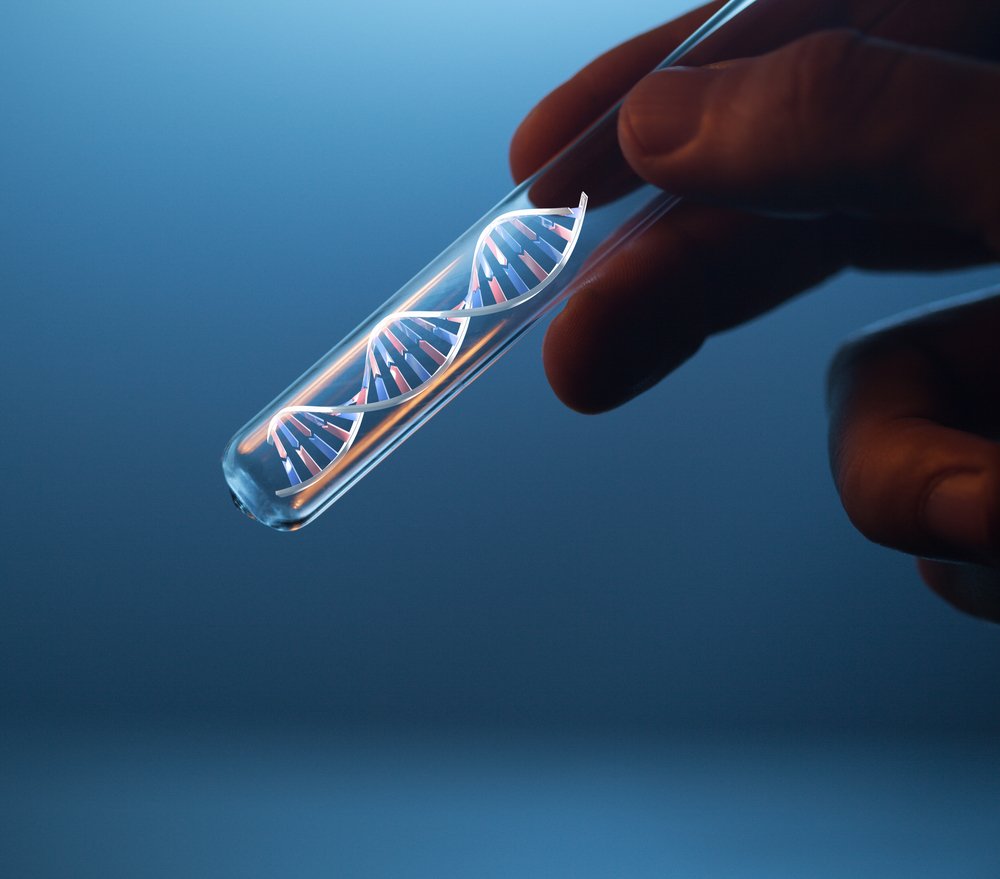DNA Damage and Other Pathologies Absent in a Mouse Model of Familial ALS, German Study Shows

Severe DNA damage and other disease-associated hallmarks are absent in a mouse model of familial amyothrophic lateral sclerosis (fALS), a new study shows.
The study, “DNA strand breaks and TDP-43 mislocation are absent in the murine hSOD1G93A model of amyotrophic lateral sclerosis in vivo and in vitro,” appeared in the journal Plos One.
The research team was led by Alexandra Kretz, MD, from the Hans Berger Department of Neurology at Jena University Hospital in Jena, Germany.
Numerous mutations in the human copper/zinc superoxide dismutase type-1 (hSOD1) gene account for approximately 20% of fALS. These mutations are frequently associated with an aggressive clinical deterioration.
The malfunction of the protein SOD1, a major antioxidant enzyme located in the cell nucleus, was thought to lead to fALS through varied mechanisms, including cellular dysfunction, RNA metabolism, and oxidative damage to the DNA as a result of increased levels of reactive oxygen species (ROS) in the cells.
However, there is still no evidence that severe DNA damage originates from the deficient function of SOD1. These DNA lesions can lead to clinical severity, especially if not properly repaired.
Jumping genes are regulatory DNA sequences that can change their position within the genome. But the insertion of these genes back into the genome requires that the DNA chain is broken and again mended, which might bring errors to the DNA sequence. Uncontrolled activation of these jumping genes might, therefore, contribute to DNA disintegration and neurodegeneration. But whether that it is associated with hSOD1-related fALS remains to be determined.
The study aimed at clarifying the role of a specific mutation in the hSOD1 gene (hSOD1G93A) that causes fALS in severe DNA damage, beyond ROS-induced effects. DNA damage was evaluated in spinal tissue of mice with increased expression of hSOD1G93A and in cell cultures enriched with motor neurons (which progressively degenerate in ALS and are prone to DNA damage).
While the mice had ALS symptoms, the results showed that augmented expression of hSOD1G93A generated similar levels of DNA breaks in comparison with control mice. The mutation also did not activate jumping genes.
This was consistent with the lack of abnormalities in the TDP-43 protein, which is expected to inhibit jumping genes in the cell nucleus, where they may induce DNA strand breaks.
Overall, the study suggests that the antioxidant function of SOD1 “might not be required to preserve DNA integrity in motor neurons, at least when the function of TDP-43 is unaltered,” the authors wrote.
Nonetheless, the absence of DNA strand breaks in this fALS mouse model is in contrast to previous studies. The authors attribute this discrepancy to the use of different techniques and the focus on different regions of the spinal cord. However, other studies support the observation that additional stressors are needed to increase susceptibility to DNA lesions.
These findings “establish a foundation for further investigations addressing functional TDP-43 interaction with ALS-relevant genetic mutations,” the authors concluded.






